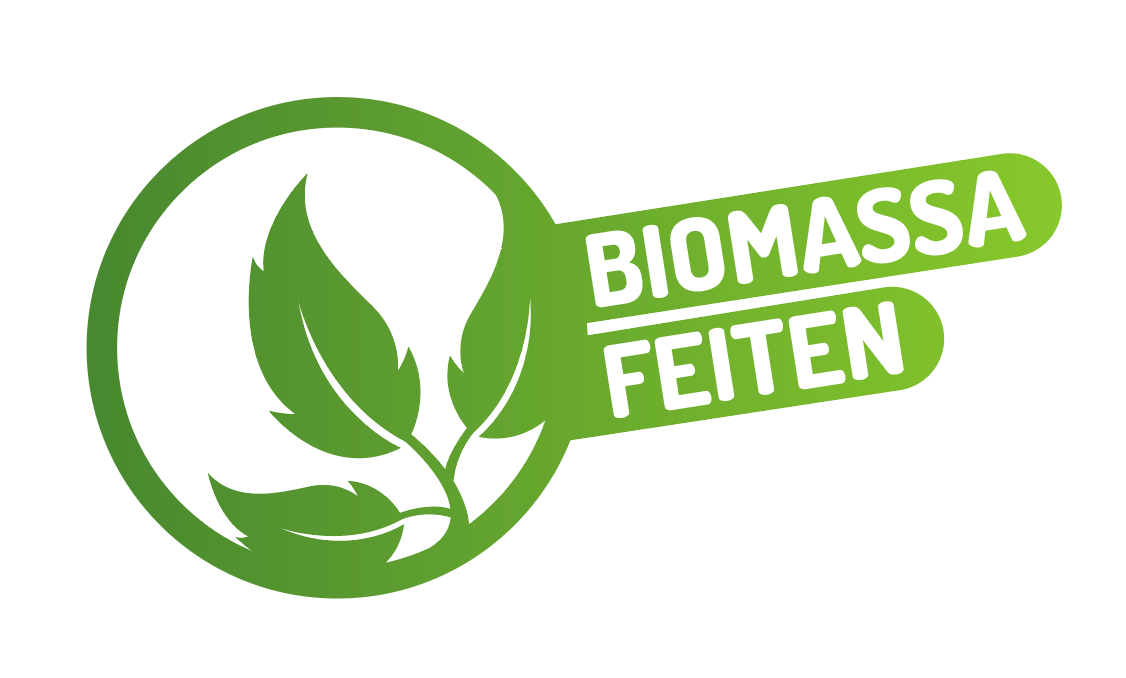Renewables 2023 is the IEA’s primary analysis on the sector, based on current policies and market developments. It forecasts the deployment of renewable energy technologies in electricity, transport and heat to 2028 while also exploring key challenges to the industry and identifying barriers to faster growth.
At the COP28 climate change conference in Dubai, more than 130 national governments including the European Union agreed to work together to triple the world’s installed renewable energy capacity to at least 11 000 GW by 2030. Renewables 2023 provides detailed country-level analysis on the progress towards the global tripling target. Alongside the report, an online dashboard is also available, which maps all the relevant data to measure renewable energy deployment through 2028.
In addition to its detailed market analysis and forecasts, Renewables 2023 also examines key developments for the sector including policy trends driving deployment; solar PV manufacturing; competitiveness of renewable technologies; energy storage; renewable energy capacity for hydrogen production; the prospects for renewable energy companies; system integration and a special section on biogas and biomethane forecast.
Emerging economies lead accelerating growth in biofuel use
Biofuel demand is set to expand 38 billion litres over 2023-2028, a near 30% increase from the last five-year period. In fact, total biofuel demand rises 23% to 200 billion litres by 2028, with renewable diesel and ethanol accounting for two thirds of this growth, and biodiesel and biojet fuel making up the remainder.









